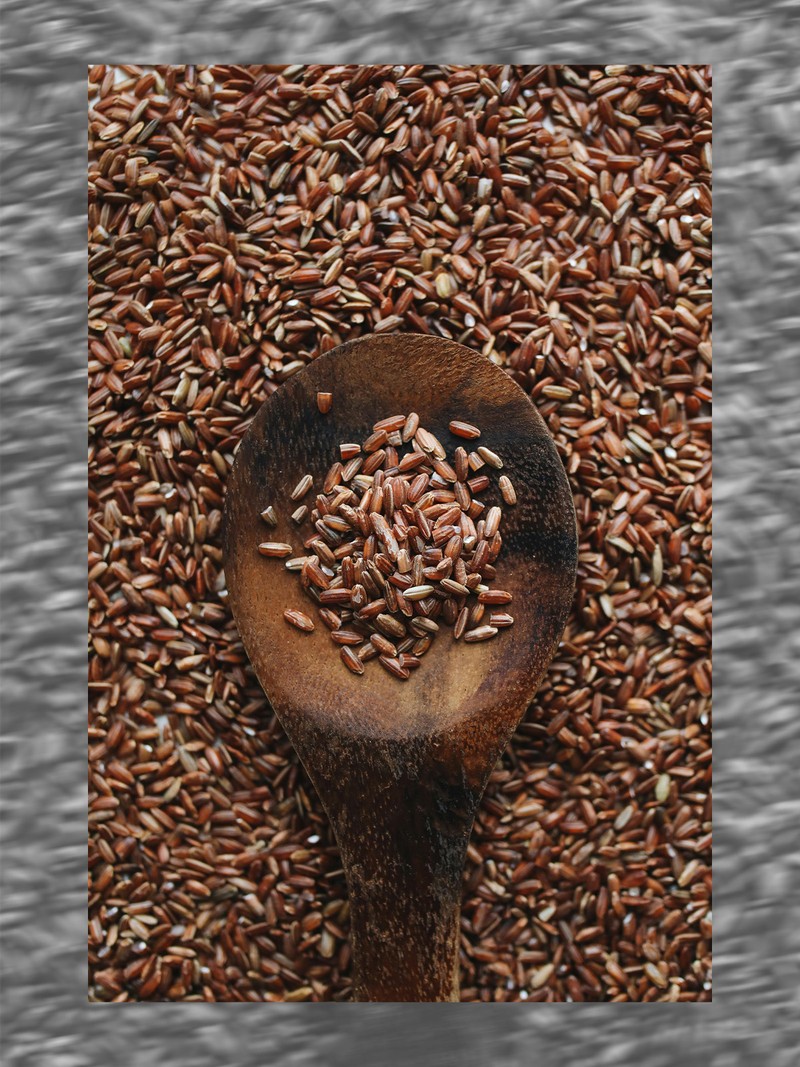
Fibremaxxing: Everything You Need To Know
What is fibremaxxing?
It’s a term derived from social media which focuses on dramatically increasing daily dietary fibre intake to meet or exceed the recommended daily allowance of 30g. That means loading up on fibre-rich foods like beans, lentils, pulses, wholegrains, fruits and vegetables.
And is that sensible?
Recent studies show that over 95% of us are not hitting the daily recommended allowance of fibre. So most of us should be increasing the amount of fibre eaten, but it is important not to eat large quantities too quickly, otherwise you risk digestive problems such as bloating, gas, stomach cramps and diarrhoea. I’d start by adding small amounts of extra fibre to one meal a day and gradually build up. Hydration also needs to be increased alongside fibre intake because fibre absorbs water within the gut and not enough fluids can also lead to digestive discomforts.
Why do we need fibre anyway?
Found in plant-based foods, fibre is a type of carbohydrate that the body cannot digest in the small intestine. Instead, it passes into the large intestine where it ferments to form short-chain fatty acids, which help to maintain the gut lining and act as anti-inflammatories throughout the body. Fibre also works as a prebiotic, feeding beneficial gut bacteria to support digestion, immunity, metabolism, mood and cognition. Additionally, fibre helps support healthy bowel movements and aids detoxification. A high-fibre diet has been linked to a reduced risk of heart disease, stroke, type 2 diabetes and colon cancer. Increased fibre will also balance blood sugar, helping to reduce energy crashes and post-meal slumps through slowing digestion.
Tell us about the different types of fibre…
There are two main types, both of which are essential. Soluble fibre dissolves in water, creating a gel-like consistency which improves constipation by softening the stool and slows digestion (helping you feel fuller for longer). It is found in unpeeled fruit and vegetables, oats, chia seeds, beans and lentils. Insoluble fibre doesn’t dissolve in water but adds bulk to the stool, helping regulate bowel movements. Sources include whole grains, nuts, seeds, brown rice and potatoes with the skin on.
Both sound useful – any tips for upping our intakes?
I have five to start: replace white bread, rice and pasta with wholegrain versions; garnish soups, salads, yoghurts or porridge with a handful of mixed nuts and seeds; swap out half the meat in a recipe for lentils or beans e.g. in a curry or bolognese; have fruit and vegetable or mixed nuts and seeds (unsalted/sweetened) as snacks; and make half of your plate at every mealtime a variety of fruit and vegetables
And your final thoughts for us, Jo?
Everyone can benefit from increasing the plant-based foods in their diet. The key, though, is to slowly increase fibre intake and keep it in balance with other carbohydrates, protein and healthy fats. No one needs to be maxxing out, but a steady increase of a diverse range of plants will bring overall health benefits including improved sleep, digestion, metabolic health and lower rates of disease.
For more from Jo or to book a free discovery call to discuss your nutrition and wellness needs, head to JR-Nutrition.co.uk
DISCLAIMER: None of the information provided is intended to treat, diagnose, cure or prevent disease. Always seek medical advice from a healthcare provider regarding any medical condition and before making any dietary or lifestyle changes.
DISCLAIMER: We endeavour to always credit the correct original source of every image we use. If you think a credit may be incorrect, please contact us at [email protected].

